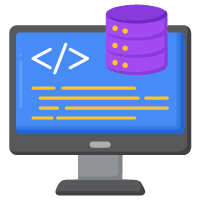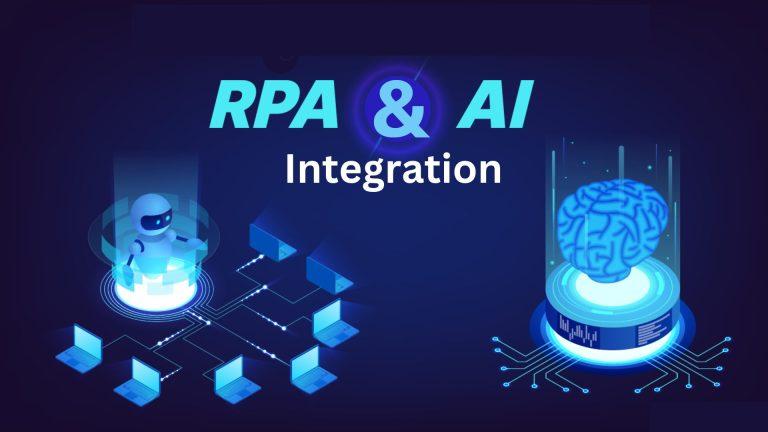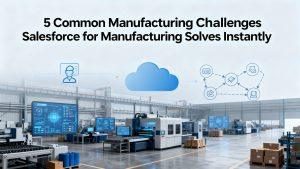Introduction
As businesses evolve in the digital age, the integration of Robotic Process Automation (RPA) and Artificial Intelligence (AI) is revolutionizing operations, driving unprecedented efficiency and innovation. When the quickness of RPA combines with the cleverness of AI, companies can better their processes. This speeds up decision-making and increases productivity more than ever.
Explore how this powerful partnership is revolutionizing industries worldwide. A mix of robotic process automation and artificial intelligence is starting a new time of better automation. This change is greatly affecting how businesses work. This blog post looks at the close link between RPA and AI. It shows how AI can copy human intelligence and decision-making. It also highlights how combining these technologies can enhance analysis and lead to digital transformation in many industries in the world. By looking at real examples, we will show the advantages of this technology mix and share tips for using it well.
Tracing the Journey from Traditional to Next-Gen Automation
To understand new automation, we need to look at how it is different from old methods. At first, businesses depended mainly on manual labor and outdated systems. These ways caused many problems. They were slow and not very effective. As time passed, rule-based automation was developed to help with some tasks.
These older rule-based systems were not very flexible. They had trouble adapting to different situations or exceptions. That is why next-gen automation is so important. It uses RPA and AI to create a big change. Unlike the old methods, RPA and AI can adapt to new situations, manage unstructured data, and learn from past mistakes. This is a big step towards intelligent automation. It has features like automatic retraining with data verified by humans in the UiPath Action Center, which serves as a central hub for managing automation workflows, monitoring performance, and facilitating collaboration between human workers and robots.
The Role of RPA and AI in Transforming Industries
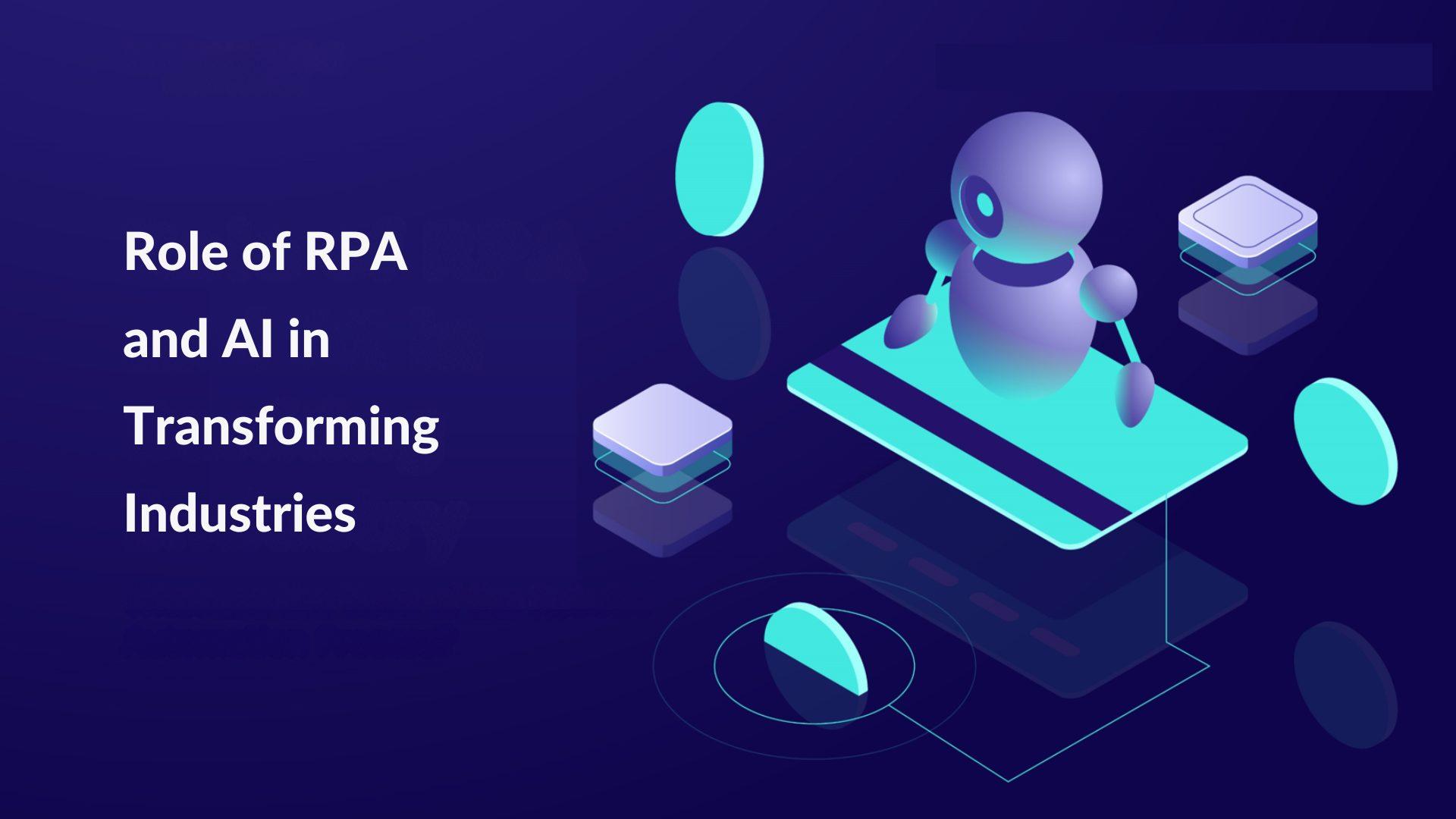
RPA and AI are changing many industries in the world. They are improving customer service, financial services, and business operations. In financial services, RPA helps with data entry and loan processing. AI helps by looking at market trends to support investment plans. Customer service gets better with AI chatbots, which give quick help. RPA also manages tasks like processing orders and fixing complaints.
These technologies simplify business operations. They help to automate tasks like processing invoices, tracking inventory, and managing HR duties. This lets people focus more on important strategies.
Understanding the Mechanics of RPA and AI Integration
To get the most out of new automation, you need to know the important parts. These parts are Robotic Process Automation (RPA) and Artificial Intelligence (AI). RPA is the main part of this useful process. AI brings smart features that make automation much stronger.
Defining Robotic Process Automation and Its Capabilities
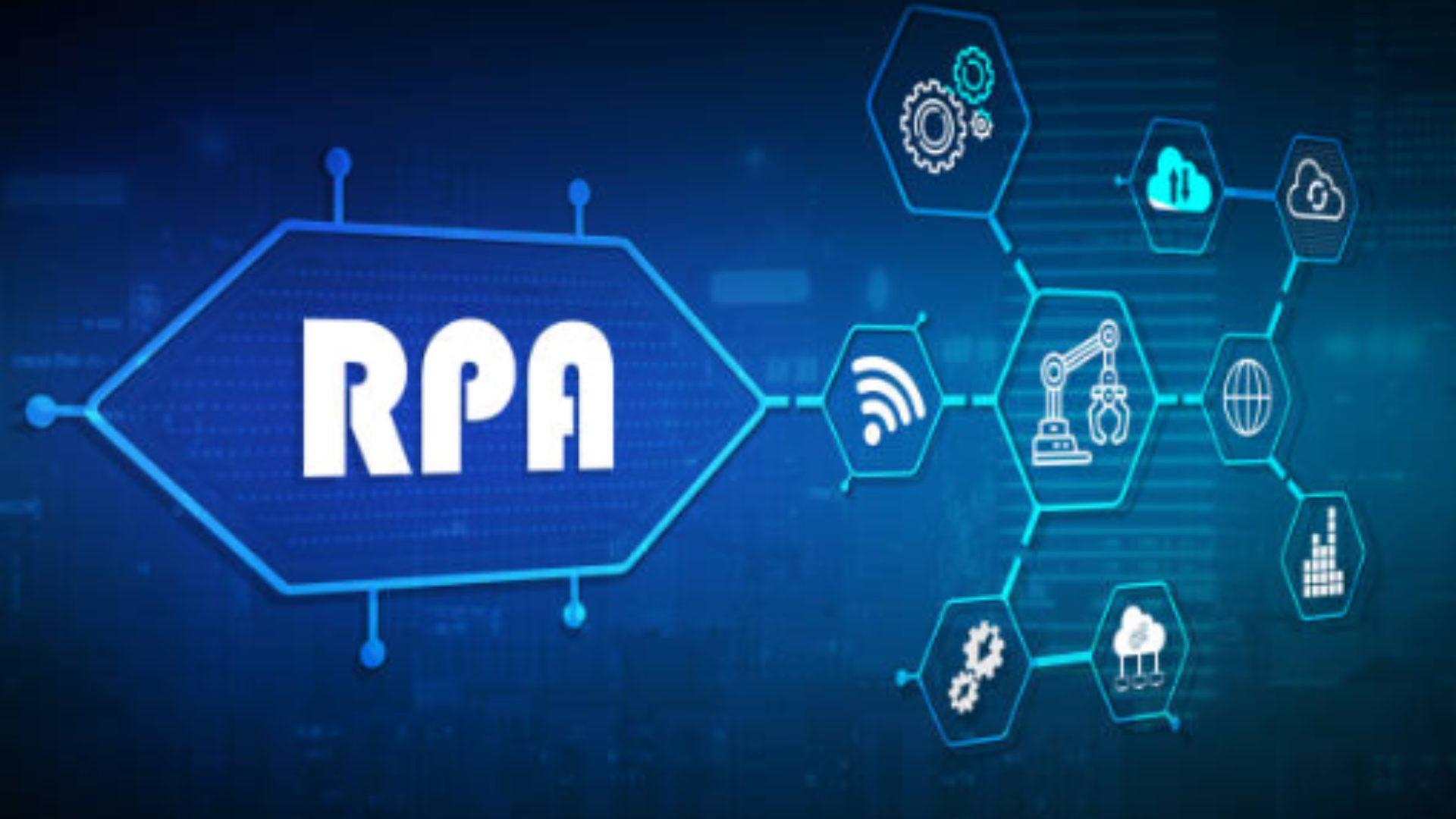
Robotic process automation, or RPA, is software that helps businesses handle repetitive tasks more quickly. Think of it as a digital worker. RPA can log into applications, move files, copy and paste data, fill out forms, and create reports by itself. This allows people to focus on more important work instead of spending time on boring tasks with digital systems.
RPA can do many things, not just basic task automation. It works well with current IT systems. This helps it gather and manage information from different applications and platforms. RPA follows clear rules. This is why it performs well with tasks that need specific instructions.
Exploring the Intelligence of AI in Analytical Processes

RPA is great for automating tasks that follow specific rules. AI adds smart thinking skills. Unlike older systems that need clear instructions, AI can learn on its own from data. It can spot patterns and make predictions, similar to how people think.
The key ability of AI to understand data is through machine learning. These programs look at a lot of data. They find patterns and insights that are difficult for people to see.
AI uses natural language processing, also known as NLP. NLP allows machines to feel and understand human language. Because of this, AI systems read text effectively. They can find meaning in unclear data and have conversations that feel real. This creates many new ways to automate tasks that use natural language.
The Synergy Between RPA and AI for Enhanced Analytics
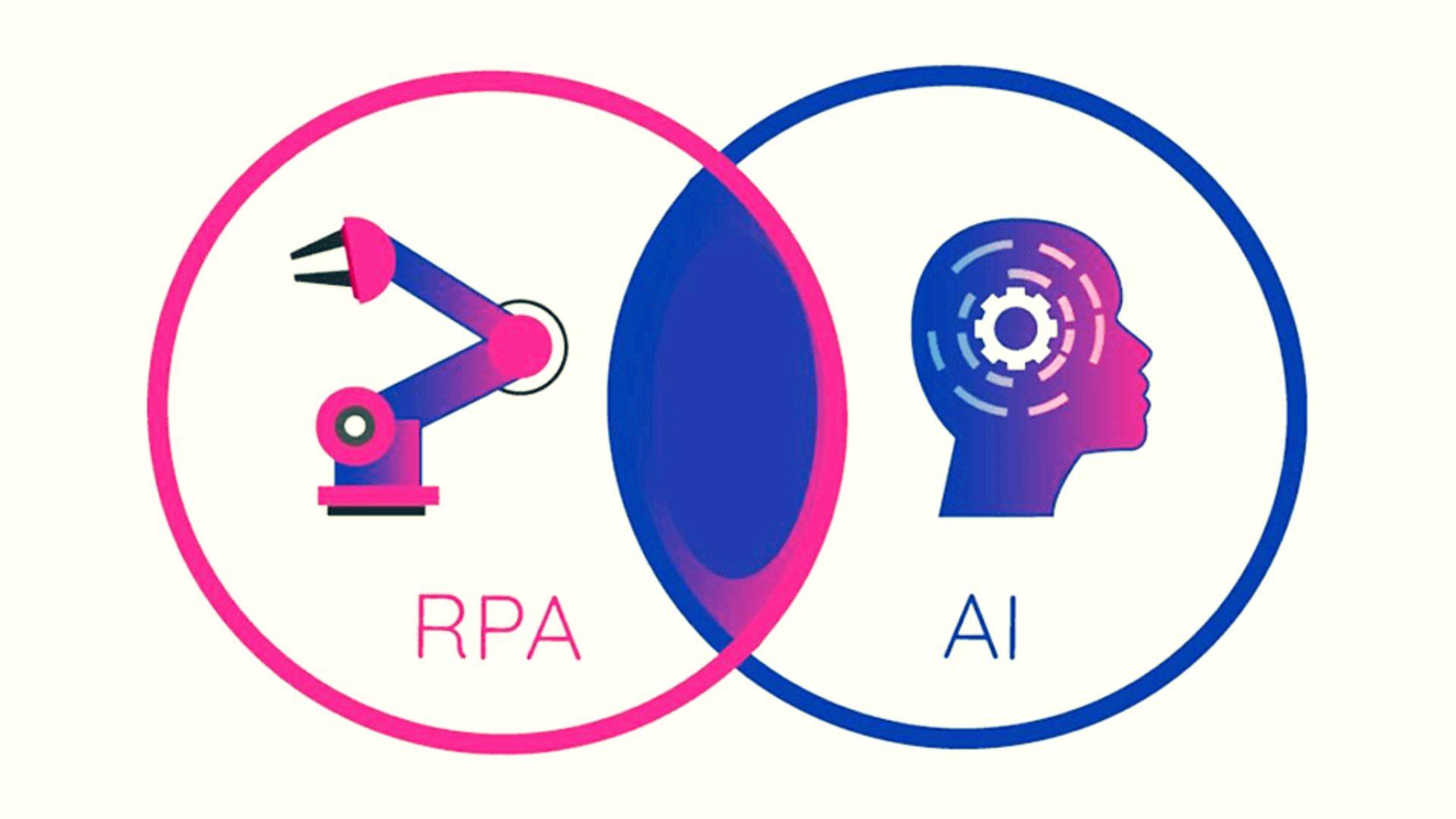
When RPA and AI work together, they create a powerful team that boosts your business analytics. RPA automates data collection and organization. Meanwhile, AI analyzes this data. This combination of RPA and AI simplifies processes and lets human workers focus on what is most important. In the end, this teamwork helps businesses make better decisions and stay ahead of their competition.
Examples of RPA and AI Driving Efficiency
Let’s look at some examples where RPA and AI work together to improve efficiency.
- Financial Services: RPA bots collect data from different financial papers. AI systems check this data for fraud and assess credit risk.
- Customer Service: AI chatbots answer simple questions from customers. If there is a tough issue, the chatbot quickly hands it over to a human agent. This keeps the customer experience smooth.
- Supply Chain Management: RPA helps with order processing and tracks stock levels. AI predictive analytics can predict demand changes. This improves inventory management, reduces costs, and speeds up delivery times.
Mixing RPA and AI can do more than just automate tasks. These examples show it can automate whole business processes. This results in better efficiency, lower costs, and improved accuracy.
How RPA and AI Complement Each Other in Data Analysis
The combination of RPA and AI is very helpful for looking at data. A large part of data analysis is about collecting, cleaning, and preparing the data. This process usually takes longer than the analysis itself. RPA is really good at doing this. RPA bots can gather data from different places. They can also correct mistakes and change the data into formats that AI algorithms can use easily.
With RPA taking care of data preparation, AI can use its strengths. It looks for patterns, finds issues, and creates insights. After that, machine learning can take these insights to make predictions. This could include spotting possible customer loss or detecting fake transactions.
Implementing RPA and AI Integration in Your Business
RPA and AI Integration may feel hard, but it can be simple. You can make it easier if you plan ahead. Focus on your business needs. Start with a small step. Be careful when choosing the right technology and partners. This will help you begin your automation journey successfully.
Steps to a Successful RPA and AI Deployment
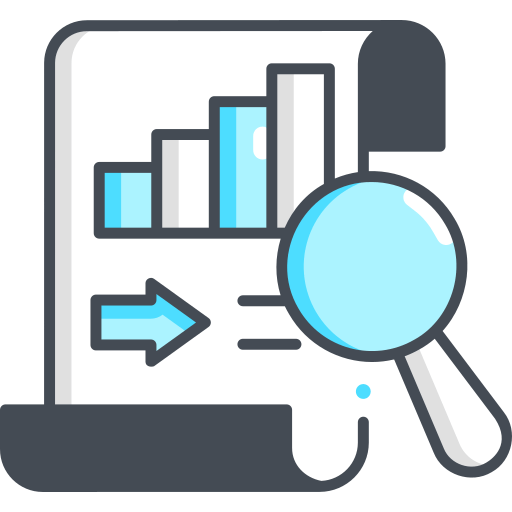
Define Your Goals
Know what business tasks you want to automate and what results you expect.

Start with Small Projects
Begin with simple projects. This way, you can see how RPA and AI work well together. It will also help you gain experience and confidence for bigger tasks later.
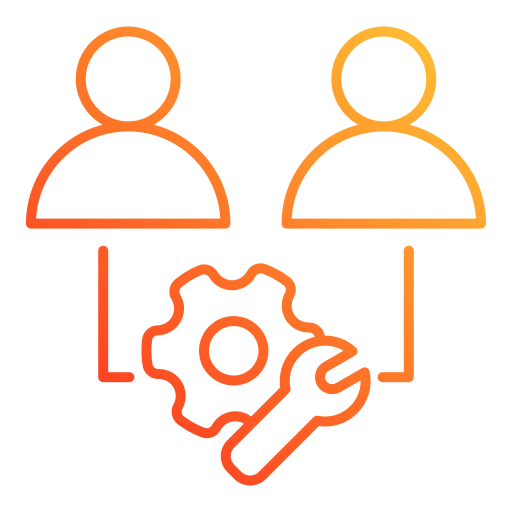
Pick the Right Tools and Partners
Choose the best tools for RPA and AI. Look at different providers. Check how easy they are to use, their features, how they fit with your system, and the support they offer.
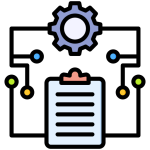
Create an Automation Plan
Make a clear plan for automation. Focus on the tasks that are easy to automate and will give you good results.
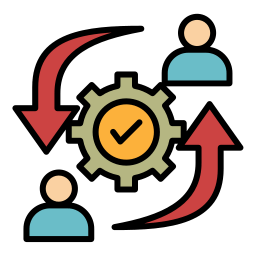
Manage Changes
Adding automation may change how work is done and could affect people’s jobs.
Overcoming Common Implementation Challenges
- Data Quality and Consistency: AI works best when the data is reliable. Use data governance to ensure your company’s data is correct and steady.
- Integration with Legacy Systems: Merging RPA and AI with older systems can be hard. Use middleware or APIs to link these systems easily.
- Addressing Resistance to Change: Some workers may worry about automation and job loss. Explain how automation can help them and change their tasks. Highlight the need for new skills.
- Managing Expectations: Set clear and realistic goals for how automation will develop. Remember, automation takes time, so having a long-term plan is key.
Measuring the Impact of RPA and AI Integration
Measuring the impact of your RPA and AI Integration investments on your business is important. It helps you see if your automation efforts are effective. You should watch key performance indicators (KPIs) that match your business objectives. This way, you can show the benefits of automation and find areas for improvement.
Key Performance Indicators for Automation Success
| KPI | Description |
| Cost Savings | Reduction in operational costs due to automation |
| Efficiency Gains | Improvement in process speed and throughput |
| Accuracy Improvement | Reduction in errors and defects |
| Customer Satisfaction | Enhancement in customer experience and satisfaction ratings |
| Employee Productivity | Increase in employee output and focus on higher-value tasks |
| Compliance Adherence | Improvement in regulatory compliance rates |
You can check these KPIs to see how well your RPA and AI integration is doing. This helps you make good choices based on data. You can use this info to better your automation strategy.
Conclusion
Using RPA and AI together is changing how businesses view their operations. It helps companies work better and grow in several areas of the world. The combination of these technologies provides businesses with powerful tools. They can simplify work, make smarter decisions, and stay ahead of their competitors. When businesses learn to use RPA and AI well, they can find new ways to be productive and creative. Embracing this new automation changes how tasks are done. It also helps shape the future of industries with intelligent automation and smart insights.
At Mverve, we specialize in offering top-notch AI development services, recognizing the crucial role of combining Robotic Process Automation (RPA) and Artificial Intelligence (AI) to achieve business excellence. Our team is dedicated to assisting you in navigating the realm of next-generation automation to drive your company towards success. Contact us today at contact@mverve.com to discover how our services can propel your automation initiatives to new heights.




